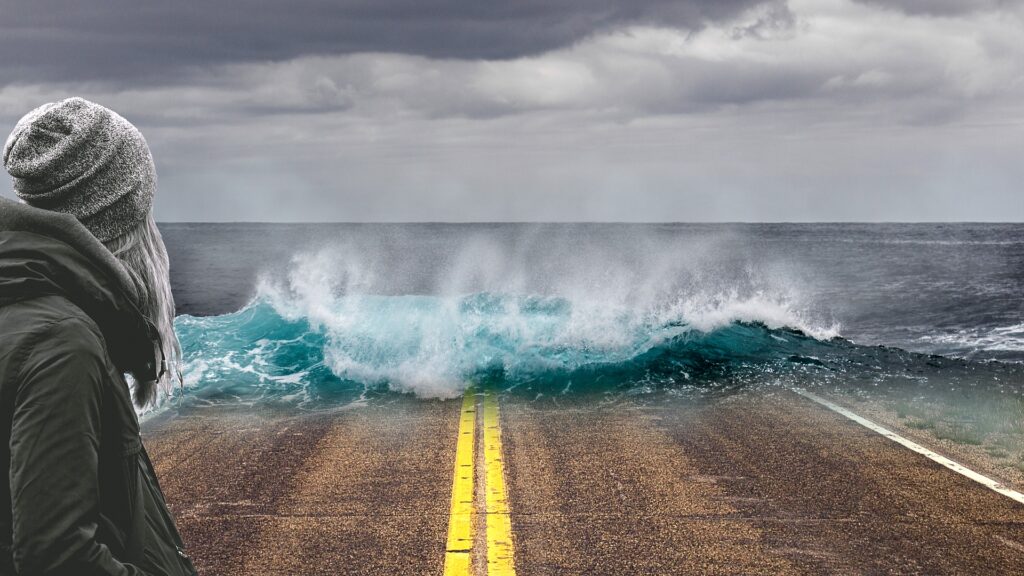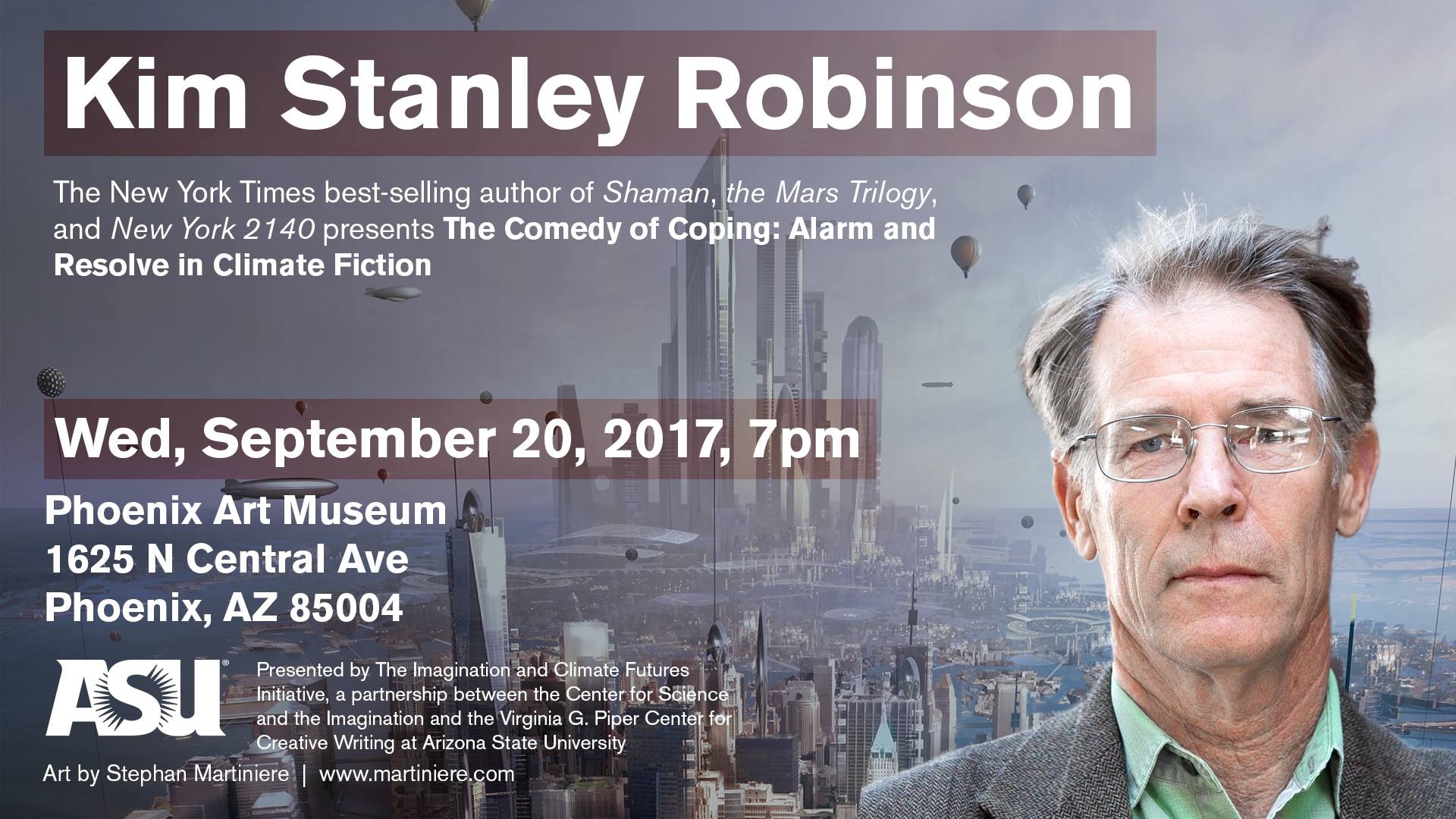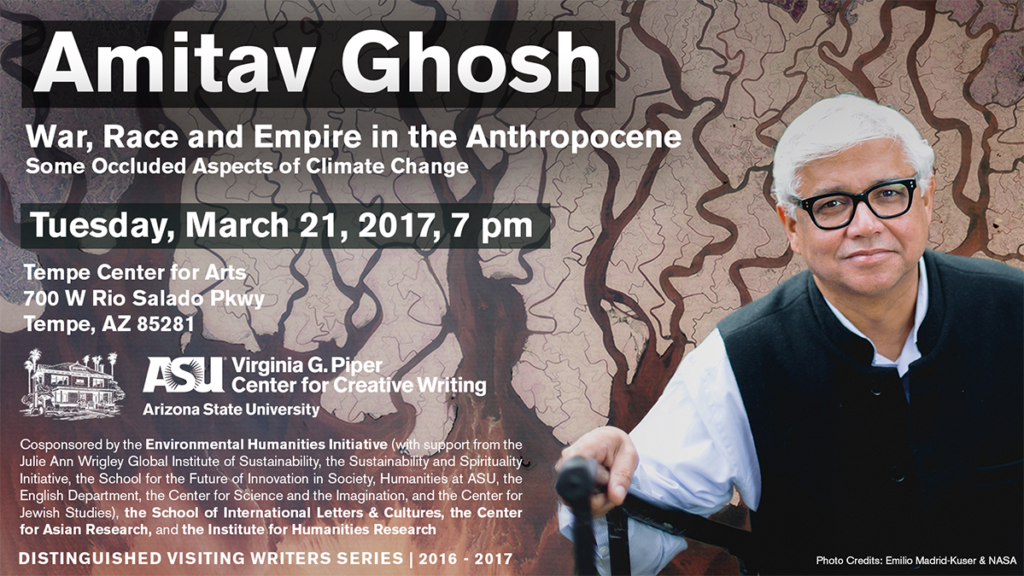
High tide rushes out upon the sour smell of sulfur and methane gas released from the drying peat beneath our feet. Ribbed mussels exposed along the creek bed seal their twin valves tightly and go to sleep under the drying sun as gulls and terns plunge into the shallowing water searching for killifish and flashing silversides in the receding flow. The water is brown and silt-laden under skies blue and wispy with tattered clouds. Walking out onto the marsh we look like hobbits carting heavy equipment into the misty mountains, each slumped under the weight of canisters of dry concrete, steel rods and a jackhammer. We’d come to drive steel rods into the salt marsh until we met refusal against a subterranean gravel bed, possibly deposited a thousand years ago by a hurricane. Some of the rods go down seventy feet, pushing the limits of the jackhammer to anchor our devices, delicate things called “surface elevation tables” or SETs. These devices will let us measure the marsh surface elevation, which over time will let us know if the land is sinking or rising.
The dreadful mathematics behind these measurements are inexorable, the SET like nature’s chronometer tuned to silt accretion on the marsh’s surface or its erosion and loss due to sea level rise and global warming. This fearful symmetry is a balance we must measure and maintain if life along the coast is to be sustained. For by all measures the coastal lands in New Jersey are expected to lose this long-term war with the sea because climate change is no longer a hypothesis but a fact that must be understood, measured, and adapted to. As seawater heats up it expands like steam whistling from a kettle, the shoreline sinking under this expansion, water permeating rivers and coastal bays like a child’s bathtub filling with bubbles. The air above these waterways fill with moisture, as well, which moves inland on the sea breezes until cooling heights bring it down again in rainstorms and floods. Unseen and distant, yet no less important to this rise in sea surface, are the shrinking glaciers in the mountains and calving icebergs at the planet’s poles. Until at last, their melting tonnage is added to the mass of the seas, which move they must, inland and up over the millions of homes that line the earth’s waterways.
Adaptation is the key to what we need to do now. For to survive in our flimsy houses along the beach, our skyscrapers in New York City, or even the quiet village a hundred miles upstream of the coast but whose tidal intrusion brings salt water and killing infiltration of drinking water wells along the estuaries, we must adapt to what the world will become. For scientists these facts, based on field-collected data from ice cores and SET tables, are an abacus we cannot ignore. A multitude of empirical facts like those we collect from our SETs alarm us as to their long-term implications. Yet the populace seems asleep, wary of the predictions from natural scientists whose job is to watch and measure.
In his famous 1959 book “The Two Cultures and the Scientific Revolution,” C. P. Snow the scientist and popular novelist posited that there are two modes of knowledge, the humanistic and the scientific. He postulated that because of these differing educational approaches, which are mutually exclusive, they generate two opposing worldviews. His famous challenge to the “literary intellectuals” after hearing them harangue about the illiteracy of scientists was to challenge them to describe Newton’s Second Law of Thermodynamics. He noted, “The response was cold: it was also negative. Yet I was asking something which is the scientific equivalent of, “Have you read a work of Shakespeare’s?”
This dichotomy, Snow felt, impeded any meaningful communication between the two camps without serious translation. Subsequently there emerged a furious debate on whether the phenomena really existed at all, and if it did, whether a means existed to bridge the two cultures. Snow felt it might which he described in a subsequent book entitled “The Third Culture,” which called for an infusion of both science and humanities into higher education. I have been fortunate in my own education to have lived in both worlds, first by studying Classical Languages and then Marine Biology. So, I can see both sides and understand this dichotomy in practice. In fact, even among practicing scientists there can be a communications breakdown due to the forced early specialization required in universities. Listening to an engineer’s explanation of an event sometimes makes me feel a “stranger in a strange land.”
For science uses not only a technical vocabulary but also a different way of processing information. In fact, we now know from neurological studies that humans use different parts of the brain to process information. This phenomenon called the “right brain – left brain” dichotomy where research showed that the two different hemispheres of the brain are responsible for different manners of thinking. The left-brain is logical, sequential and rational, analytic and objective, and tends to look at the parts of a problem. In contrast, the right brain functions more randomly, is intuitive, holistic and synthesizing, and subjectively looks at the totality of a problem.
Most individuals are born with a distinct preference for one of these styles of thinking although some are more whole-brained and integrated. Left-brain people are naturally adept at logical thinking, analysis, and accuracy, with linear reasoning and language functions such as grammar and vocabulary lateralized to the left hemisphere of the brain. In contrast, right-brained individuals focus more on aesthetics, feelings, and creativity with an enhanced sense for processing visual and musical stimuli. They are also good at spatial manipulation, understanding facial perceptions and possess what we call artistic ability.
This “right brain – left brain dichotomy” found useful application by speech pathologists when dealing with left hemisphere brain injuries. For example, in cases of aphasia, or speech loss, due to left hemisphere head traumas they will use music therapy to reintroduce language since this involves the right side of the brain, which reaffirms the grammatical rules lost to the damaged left hemisphere. Thus, when I turned to studying science after years of Latin and Greek poetry my brain fizzled a bit at first under this new paradigm. But with perseverance, I mastered the fundamentals and gained proficiency in both worlds forcibly creating the third culture envisioned by C.P Snow within my own cerebellum.
Yet the discontinuities of the two cultures paradigm I found persisted when I moved out of Academia and took my first job, especially due to the unique characteristics of an applied scientist working for a government agency where my endeavors required both practicality as well as accuracy. I was also fortunate in as much as my position as a “research scientist.” Now many layman and people un-attuned to the process of science may not see the significance of this statement. To elaborate, a scientist or a technician may use science but not study science or understand the underlying principles that drive its conclusions.
For example, a mathematics teacher may understand the elements of algebra and calculus, which he dutifully teaches to his wards in a junior high school. Similarly, a structural engineer will use these same mathematical equations to devise a stress diagram for building a bridge based on the know load capacity of commercially available steel plate. However, in selecting his steel he may have access to a dozen metallurgical mixtures using various combinations of chrome or titanium to augment the mineral composition of the steel. These are both applications of science. Yet the materials scientist who painstakingly devised experiment after experiment to test hypothesis on which mixture would make the best steel superstructure for the bridge, he engaged in research using the time-tested methods that have come down to us from antiquity on how best to pose and answer scientific questions.
The scientific method of research has four steps including the observation and description of some interesting phenomenon; the formulation of a hypothesis to explain this phenomenon; the use of the hypothesis in an experiment to predict your phenomena and quantify the results of your observation; and the lastly performance of experiments testing your predictions by other independent researchers. In my own field of marine biology and environmental science, this hypothesis might be as open as “How many fish are in the sea?” to more pragmatically “How many bluefish can fishermen catch before the population crashes?”
Research by the National Marine Fisheries Service addresses this latter question, which entailed catching and tagging bluefish off the Atlantic coast. The released fish were subsequently captured by fisherman from Florida to Maine with a promise of monetary reward if the tags were mailed back to the Service. After careful deliberation and years of capture, the Service concluded that the bluefish population off the east coast had a complex, size-specific migratory behavior. They self-sorted into similar size and age schools that started inshore then moved progressively offshore to seek larger prey as they grew. Moreover, these schools moved seasonally in echelon up the coast to feed on the billons of tiny animals called zooplankton that grew in response to the annual explosion of microscopic one-celled plants called plankton, which thrived in the cold yet nutrient-rich northern waters. Because of these studies and others like it, the United States government sets both commercial and recreational fishing quotas based on science as validated by research. The policy of the limits on certain types of seafood is typically protested by fishermen, but buoyed by the scientifically defensible research, thus policy-makers can assure them that their actions are not indiscriminate but based on a sampling and what each fishery can endure.
It is unfortunate that many of today’s politicians and policymakers confronted with the same kind of empirical facts about “climate change” and its more insidious symptoms such as sea level rise and the increase in extreme weather events, fail to see the facts and trust the scientists hired to inform them. Adaptation is the human genius. From the first hominid making a stone axe that saw flints spark and the savannah grass around him flame up to the eighteenth-century alchemist who invented chemistry by mixing chemicals in pursuit of gold, the analytical mind of man has lead the way to the modern world and all it technological wonders. But scientists are trained to be skeptical and to only weigh evidence despite the shaman in the corner of the hut screaming at his loss of prestige.
Climate change and sea level rise are the latest challenges to our long-term survivability on the coasts of the world. If given unfettered resources and allowed to work closely with planners and policymakers, the 21st century and its unusual hazards might be managed more effectively. If not, what we will see are a series of short-term fixes after each extreme weather event, or a hap-dash collection of sinking impoundments as each mile of coastline falls beneath the waters.
As I note in my book, “Protecting New Jersey’s Environment: From Cancer Alley to the New Garden State” (2010) data from deep sediment cores suggested that stable barrier islands with shallow lagoons and salt marshes behind them evolved in New Jersey only 4,000 years before the present. Prior to that the ocean swept in unhindered to crash against the continental margin. Native Americans arriving on the eastern coast of North America around 10,000 years ago may have witnessed the slow rise of these shoals into islands, their greening by windblown seeds and eventual colonization by diverse animal species during winter freezing of the bays. Eventually this gave rise to the unique forested ecosystem that Europeans found in the sixteenth century and which persist in protected areas today.
The tragedy is that in this current era our children may have the reciprocal experience of watching helplessly as the islands are reclaimed by the sea due to human negligence. The waves pushed ashore will be aided by the unseen hand of man, the greenhouse gases of our industrial revolution undoing in a century what it took a millennium for storm surge and wind to create. So, from my perspective sea level rise research projects are more critical and convey a greater sense of urgency than any that have gone before. Because of the greater risk at stake it is important that we study, plan, and act now before it’s too late.
The coastal landscape in New Jersey will most likely be different to my grandchildren’s eyes, as it was to mine and my father in his day. And seeing this change they may wonder what we did, or did not do, to protect that most valuable natural resource. And I’d like to think I could answer that I helped to preserve a beach or a forest. Even a headwater swamp reclaimed to forest along a mountain ridge along the Appalachian trail. And when they saw it, they might say, “Yes, that’s beautiful.”




